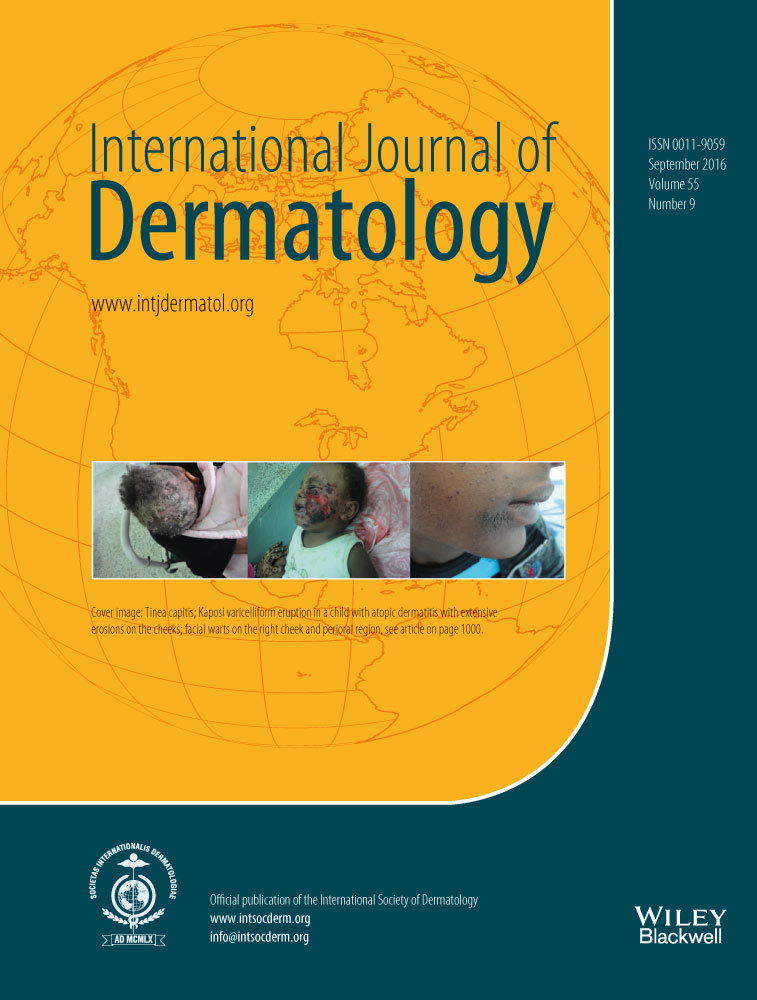Acquired lymphangiectasia (lymphangioma circumscriptum) of the vulva: Clinicopathologic study of 11 patients from a single institution and 67 from the literature
Abstract
Background
Acquired lymphangiectasia of the vulva (ALV) is a rare condition thought to be secondary to pelvic lymphatic obstruction. Although benign, this entity often occurs after previous malignancy and can be confused with conditions such as genital warts. We sought to clarify the clinicopathologic features of ALV by studying affected patients from our institution and from the existing literature.
Methods
We reviewed retrospectively the clinical and histopathologic characteristics of patients with ALV from our institution and performed an extensive literature search to identify all published cases of ALV.
Results
Eleven patients with ALV were identified from our institution. Three patients had Crohn disease, three had malignancies involving the pelvic region (rectal adenocarcinoma, cervical carcinoma, endometrial carcinoma), and three (two with pelvic malignancy) had previous radiation therapy. One patient had Proteus syndrome. Of 67 distinct cases of ALV identified in the literature, 41 (61%) had a history of malignancy.
Conclusions
In any acquired or clinically unusual lymphatic process in the skin and soft tissues, a lesion or obstructive process of the draining lymphatics should be investigated.




